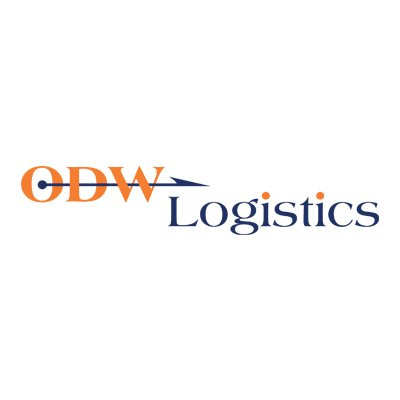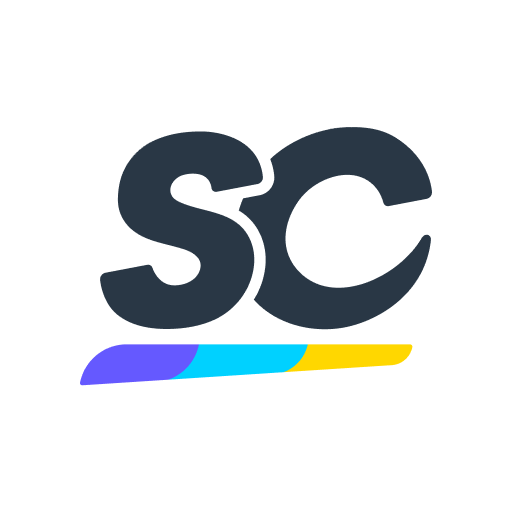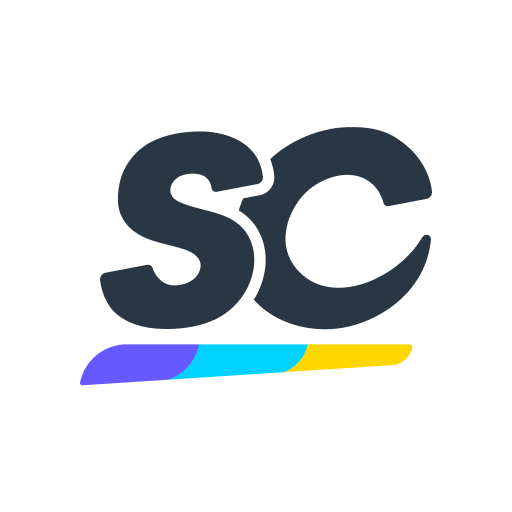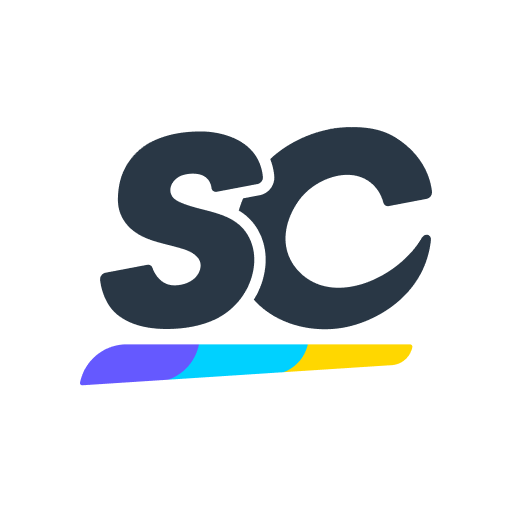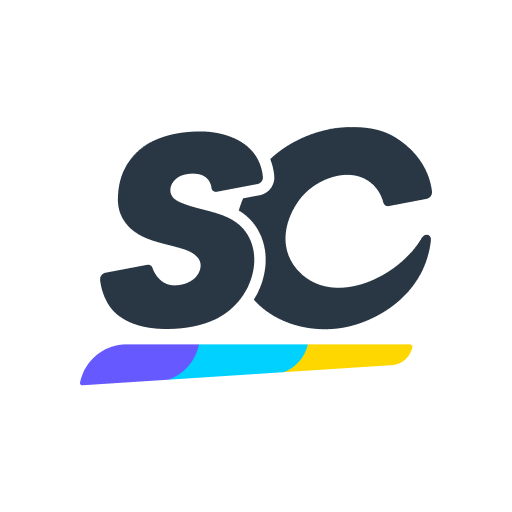Title Page
-
Site conducted
-
Conducted on
-
Prepared by
Buidling and Facilities
-
Building is of suitable size, design and construction to permit unobstructed placement of equipment, orderly storage of materials, sanitary operation, and proper cleaning and maintenance.
-
Floors, walls and ceilings are designed to maintain structural integrity, facilitate cleaning, prevent contamination, and eliminate pest harborage or ingress.
-
Fixtures, ducts and pipes are installed in such a manner that drip or condensate does not contaminate equipment or finished products.
-
Lighting and ventilation are sufficient for the intended operation.
-
Lighting and ventilation are sufficient for the intended operation.
-
Water supply, washing and toilet facilities, floor drainage and sewage system are adequate for sanitary operation and cleaning of facilities, equipment and utensils, as well as to satisfy employee needs and facilitate personnel cleanliness.
-
Water supply, washing and toilet facilities, floor drainage and sewage system are adequate for sanitary operation and cleaning of facilities, equipment and utensils, as well as to satisfy employee needs and facilitate personnel cleanliness.
-
Cleaning is done in a way that prevents contamination of stored products and equipment. Cleaning program includes electrical boxes and auxillary equipment.
-
Adequate documentation of cleaning activities is maintained.
-
Records of Building Maintenance are maintained and available.
Intergrated Pest Mgmt
-
The Integrated Pest Management Program is performed by properly licensed/registered personnel.
-
There is a Scope of Service Document outlining the elements of the Program.
-
There is a current site map that shows the location of all pest monitoring devices.
-
There is documentation of service of all pest monitoring devices, including date and any observed activity.
-
There is a list of pesticide chemicals that have been approved for use in the facility.
-
There are records of pesticide application, including date, quantity applied and registration number of pesticide applied.
-
Trend analysis performed regularly (e.g. quarterly), including pest management activities, service records defining levels of pest activity, and pest sightings.
Personnel Practices
-
All personnel supervising or performing operational activities have the education, training and/or experience to perform assigned functions.
-
Adequate records of training or level of expertise are maintained for personnel.
-
Personnel coming into direct contact with product wear appropriate outer garments, gloves, hair restraints, etc. and maintain adequate personal cleanliness to prevent adulteration of product.
-
Procedures are in place for personnel to notify management if they have a physical condition that could contaminate product.
-
No food, drinks, medication, gum, candy or tobacco products are permitted in the warehouse/product storage areas. (see 3.g.)
-
No food waste or wrappers are found in warehouse/storage area trash cans or dumpsters.
-
Only water in a clear, non-breakable container is permitted in the warehouse/storage areas.
-
Verification that there are no personal items in the warehouse (backpack, purses, etc.)
Operations
-
There are written procedures and documentation for receipt and inspection of incoming product.
-
Verification of security seals is performed and documented at inbound receipt.
-
There are procedures and documentation for proper storage and handling of product.
-
Temperature monitoring records are available, if applicable.
-
Temperature monitoring equipment is calibrated annually at a minimum, if applicable.
-
There are procedures and documentation for inspection of all shipping vehicles and product prior to loading for shipment.
-
Security seals are applied and documented for all outbound FTL shipments.
-
Equipment used in the holding and transferring of product are of appropriate design, material and workmanship to prevent corrosion, or adulteration of product.
-
Preventive Maintenance records for equipment are maintained.
-
Recall and traceability records include (as applicable):
-
Item Number/SKU; Lot Code; Batch Code; Date Code; Part Number; Serial Number
-
Required supporting documents are part of the recall/traceability :
-
i. Inbound Documentation; Bill of Lading(s); Adjustments; Inventory Transactions
-
The recall/traceability process will be challenged annually, at a minimum, and include:
-
i. one up, one back, all inventory on hand, and reporting of all transactions
-
Documented Corrective Action/Preventive Action (CAPA) is available for identified deviations.
-
The sanitation stripe around the interior perimeter of the facility is clean with no obstructions.
-
All product is at least 6" off floor, on a pallet, shelf or rack.
-
Damaged product is segregated from good product.
-
Product returns are handled according to ODW & client requirements.
Security/Document Control
-
Access to the facility and warehouse is limited to only authorized individuals.
-
Visitors sign in on visitor log and are escorted at all times while in the facility.
-
Visitors are required to follow GDP requirements.
-
All entry/exit points are controlled to prevent unauthorized entry (people, pests, etc.) into the facility? i.e. not propped open, have appropriate badge access
-
All ODW Associates display their photo ID badges while on ODW premises.
-
Site specific procedures are controlled, approved, include change history, and are reviewed annually.
-
A review of completed records shows Good Documentation Practices are used. e.g. blue/black ink pens, proper correction of mistakes, all fields completed, etc.
-
Annual training is performed on site-specific procedures and GMP.
-
Record retention is in accordance with ODW/client requirements; minimum of 5 years or as stated in client agreement.
